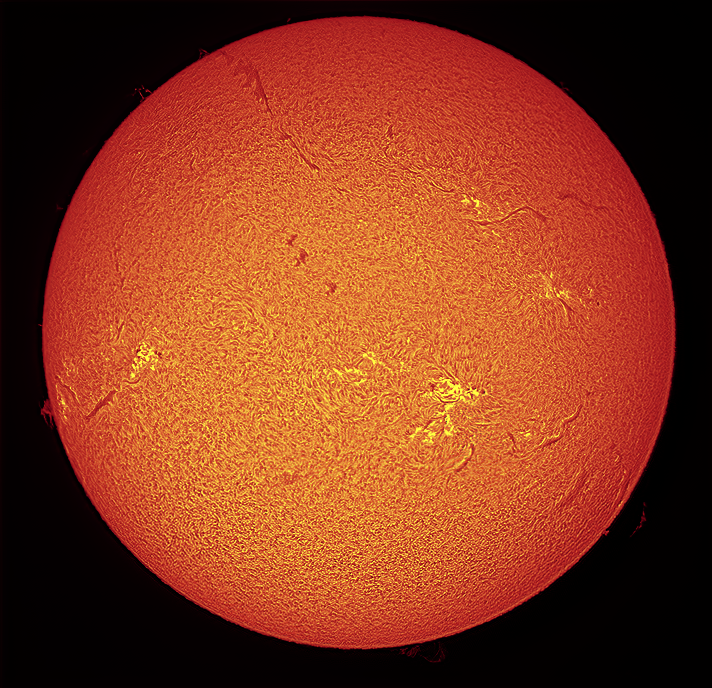
Similar Posts
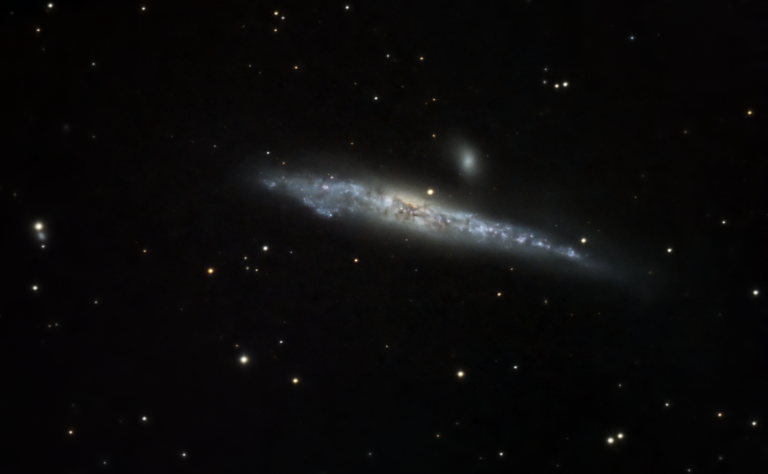
The Whale and the Hockey Stick
It’s not the title of a children’s story – it’s a pair of galaxies 30 million light-years away that look like, well, a whale and a hockey stick. Officially their names are NGC 4631 and NGC 4656.
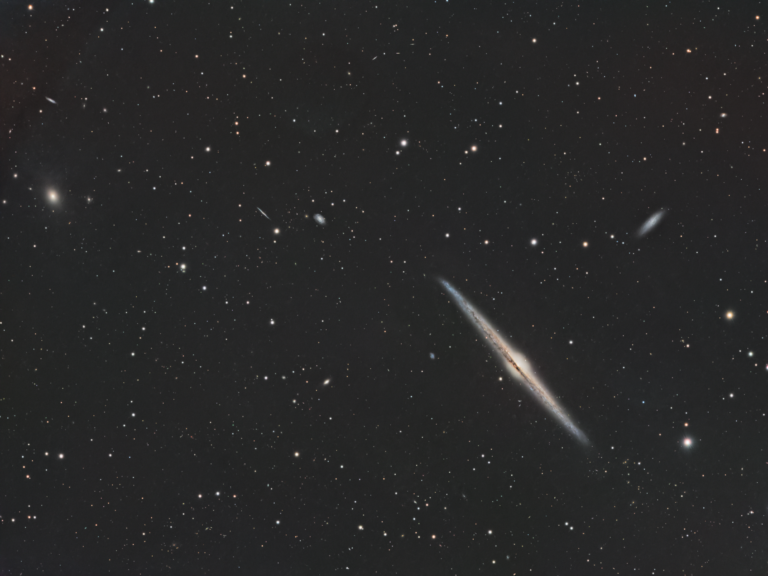
Revisiting the Needle Galaxy
This edge-on spiral is around 40 million light-years away within the constellation Coma Berenices. Lots of satellite and background galaxies to explore around it! Zoom in, and travel back in time – hundreds of millions of years.
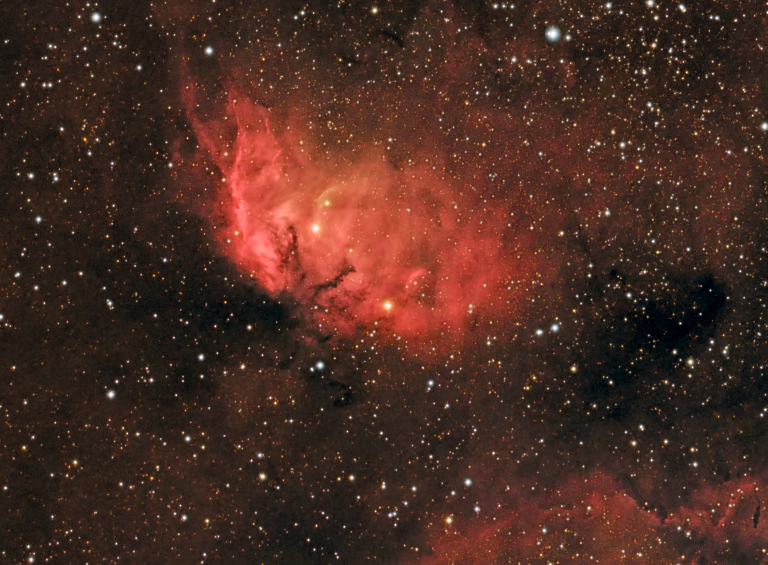
A Tulip and a Supernova
In these short summer nights, I want to take advantage of every moment of darkness. Right now, the galaxy M100 is up in the hours before midnight, and the “Tulip Nebula” – formally SH2-101 – rises just as M100 sets. So for this past week, I’ve been imaging both objects. But no more clear skies…
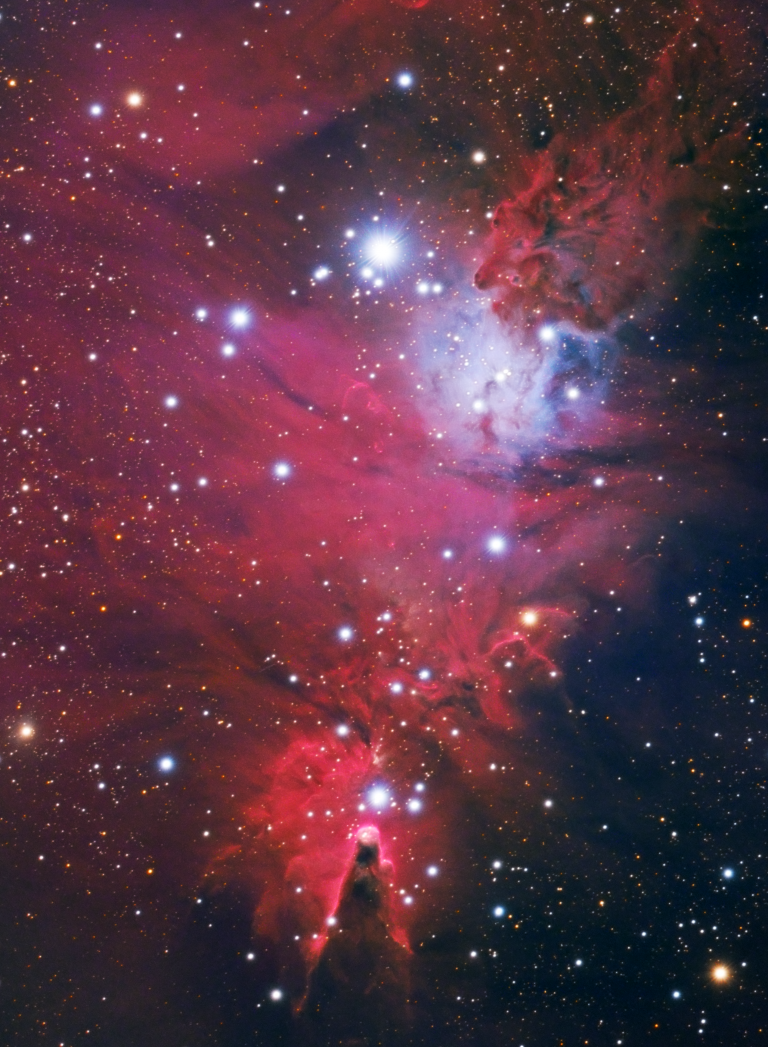
The Cone & Fox (revisited)
This is the Christmas Tree Cluster (turn the picture upside down and you might see it!) But the real focus here is the Cone Nebula at the bottom of the image, and the Fox Fur Nebula in the upper-right. Lots of red Hydrogen gas here being ionized by the young stars it formed. Also visible…
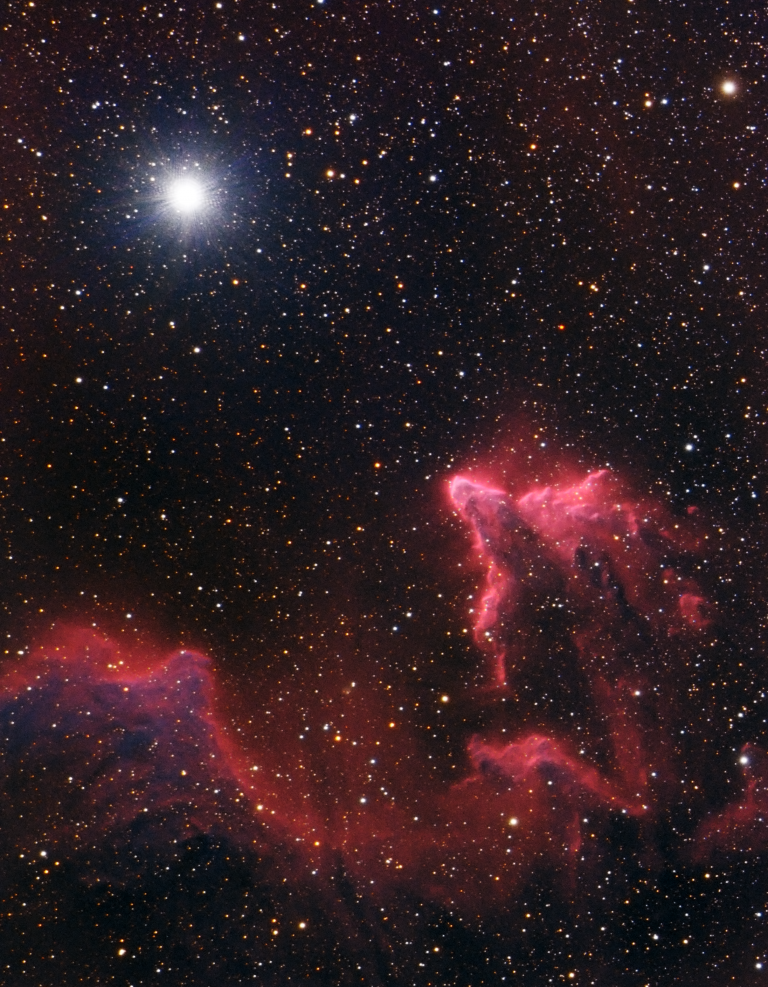
The Ghost of Cassiopeia
Technically this nebula is called IC63, but its common name “The Ghost of Cassiopeia” seems much more timely, given Halloween is just around the corner! Imaged all night last night, mostly in true colors with some Hydrogen emissions added in to enhance it.

Revisiting M13 in Hercules
M13 is one of the most photogenic and popular globular clusters, and it’s pretty easy to see with nothing more than a pair of binoculars if you know where to look! But it’s even prettier with a long exposure – this is about 3 hours of exposure time. Blow it up to full size, and…

